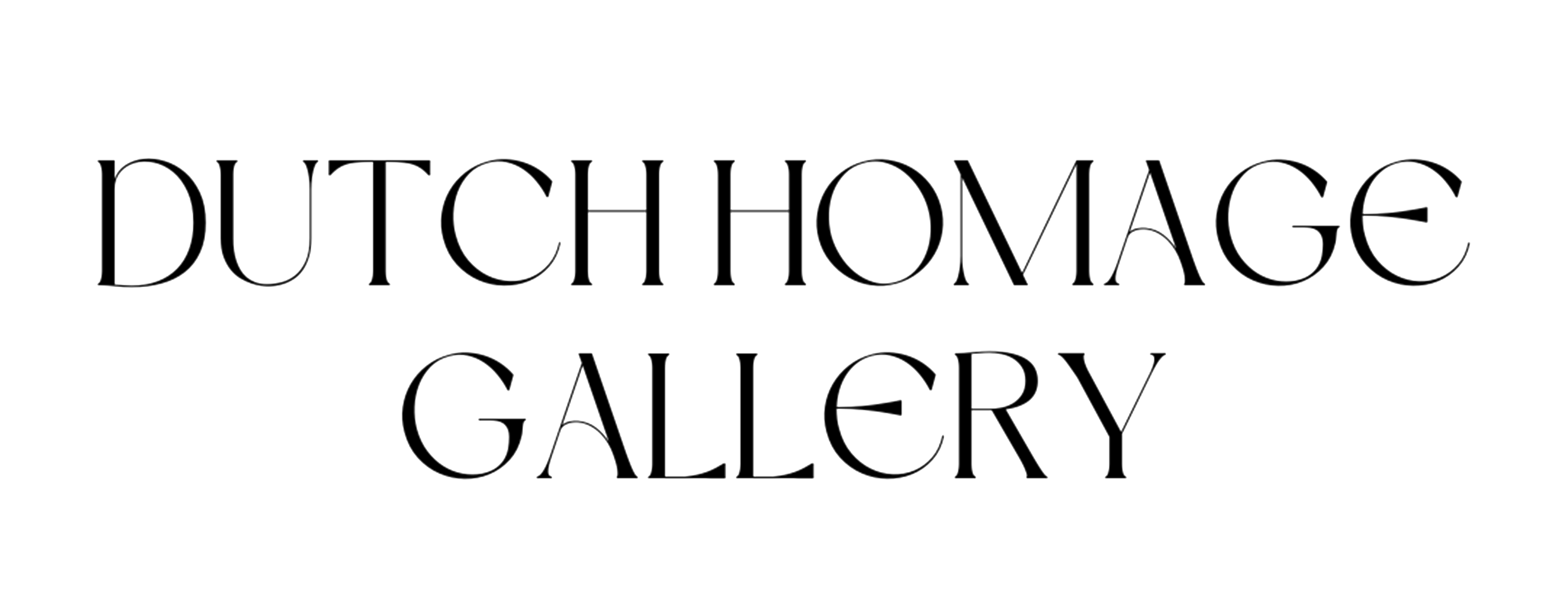1609 - 1660
Leyster was born in Haarlem as the eighth child of Jan Willemsz Leyster, a brewer and clothmaker.
The specifics of her training are unknown. Some historians believe Leyster embraced a career in painting to assist and support her family following her father's bankruptcy. She may have learned painting from Frans Pietersz de Grebber, who maintained a reputable workshop in Haarlem in the 1620s. During this period, her family relocated to the province of Utrecht.
Her first known signed piece is from 1629. Leyster's Self-Portrait, c. 1633 represents a historical change away from the stiffness of previous women's self-portraits and toward a more relaxed, dynamic position. It's somewhat informal compared to other Dutch portraits, particularly those by Frans Hals; yet, it looks unlikely that she wore such formal dress when painting, particularly the broad lace collar.
In 1636, Leyster married Jan Miense Molenaer, a more prolific artist who worked on similar subjects. In search of better financial opportunities, the couple moved to Amsterdam, where Molenaer already had clients. They spent eleven years there before returning to Heemstede, near Haarlem. Leyster and Molenaer had five children, two of whom became adults. They shared a studio in a small house in what is now known as Groenendaal Park.
She died in 1660 at the age of fifty. Until 1893, the art world viewed her whole body of work belonging to Frans Hals or her spouse, Jan Miense Molenaer.
More than 200 years of oblivion! Can you imagine? But now she's here to stay!

Self-Portrait (c. 1630)

The Last Drop (The Gay Cavalier)

Boy playing the Flute (1630s)

The Jolly Drinker (1629)

The Serenade (1629)

Cello Player
Request your favorite artwork here.
















